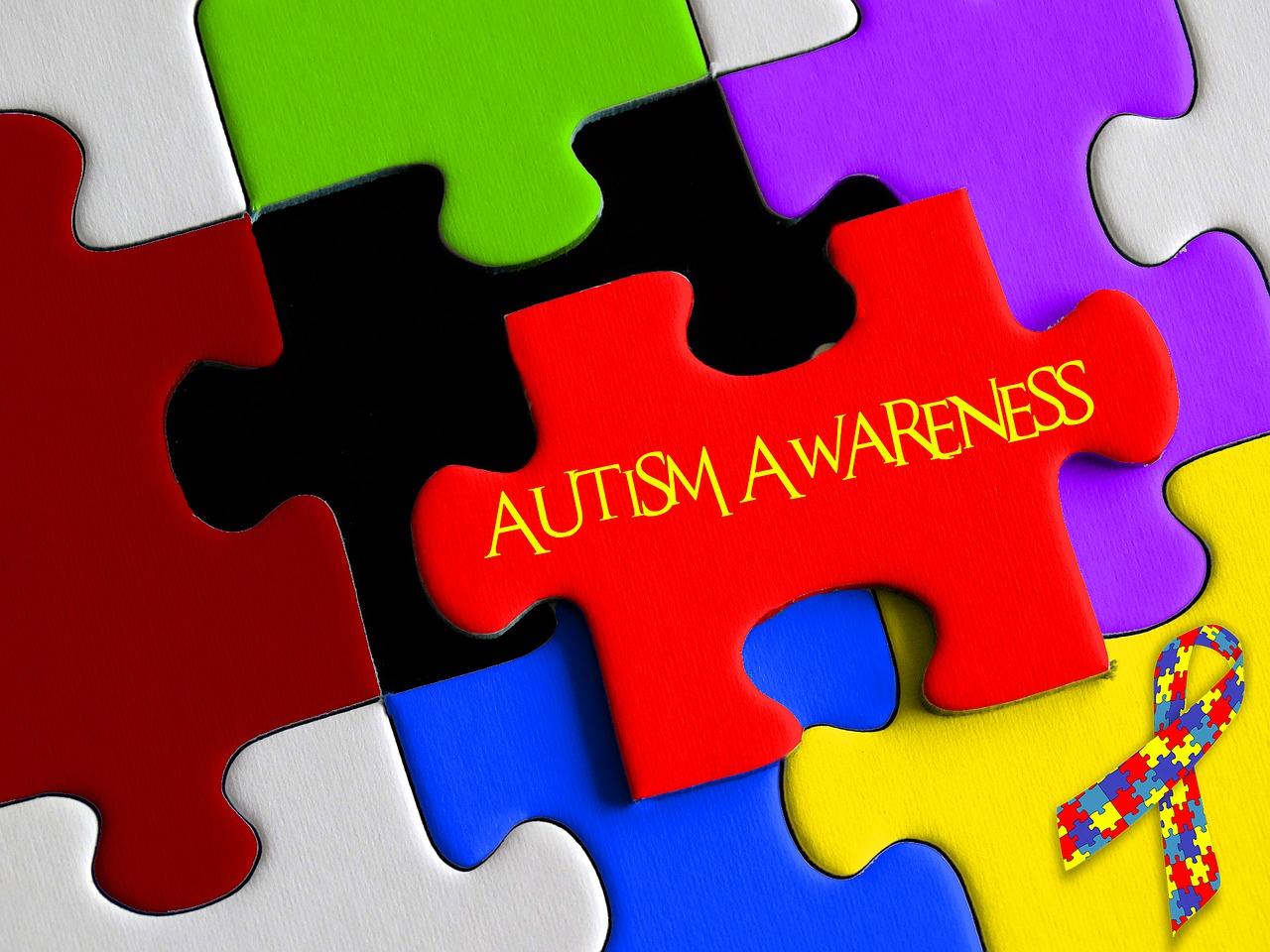Children with autism are colourful- they are often very beautiful, and, like the rainbow, they stand out. - Adele Devine.
In South African schools, the aim is to have inclusive educational classrooms where all children regardless of their abilities and disabilities learn together. In schools that choose to cater for all types of learners, it becomes the teacher's job to know each learner and to learn how to interact with each learner.
While there are many children who generally struggle with school, the teacher must understand that welcoming autistic children into the classroom may mean having to help children who struggle academically and socially as well. Autistic children are on the other end of the spectrum, they lack the necessary social skills and tend to be unaware of nonverbal cues, so these learners find it hard to interact with others and to hold conversations with their peers.
An autistic learner will assert something unexpected at a moment that isn't opportune and that is something the teacher must be ready for. The teacher must also step into his or her role which is to help the autistic learner to learn the subject content as per the CAPS curriculum, help the child to develop interpersonal skills and help the child to fit in and enjoy every moment of his or her childhood.
If you are a teacher who is well-clued up about autism, you will know that it is not impossible to welcome these autistic learners into mainstream classrooms, however, there are many strategies that you ought to employ to enable autistic children to get to grips with their feelings and emotions.
In fact, the internet is full of resources and activities that you can make use of to help autistic learners understand the subject content and their emotions. As a teacher helping learners with autism spectrum disorder, you need to know what to do and how to do it. This article explores what teaching strategies you can use to teach learners who are autistic.
Want to give private lessons?
Join the Superprof community and share your knowledge with inquiring and motivated students.
Teaching Strategies for Students with Autism Spectrum Disorder
Autism is not a puzzle, nor a disease, autism is a challenge, but certainly not a devastating one. Trisha Van Berkel
The challenge when it comes to autistic learners is that they are introverted and choose to stay separated from the rest of the learners in the class as they lack the necessary social skills. Autism spectrum disorder is a developmental disorder that mainly affects the way that these learners react to the world around them.

There are some strategies that you can use to help the autistic learners in your class. For one, try to not overload the learners with overstimulating sensory activities. Loud shouting, a noisy classroom or too many flashing lights may cause these students to be distracted and they might shy away from any interaction at that moment. Perhaps designate a corner in the classroom where autistic learners can go and take a break from the noise and the overstimulating activities happening in class.
Most autistic children choose to go into their own shell due to the number of bullying incidents happening in school. The teacher should ensure that the autistic learners are in no way being bullied by other learners.
Supporting learners in the classroom is the best possible thing that you can do. Support can come in the form of incentives and rewards. You can praise an autistic learner for good performance and allow them to enjoy some time alone during class. This is a good reward as autistic children find it hard to interact with other learners.
Communicate in a clear and direct way when talking to autistic learners. You want to role model good conversational skills and hope that the autistic learners in your class pick it up. Lastly, a great strategy to help autistic learners to blend into the normal classroom situation is to provide clear and direct instructions. Steer clear of using figurative language when communicating with these learners and do not beat around the bush.
Remember that an autistic learner is not any less intelligent than any of the other students in the class and much of the same strategies that you use to push other learners forward, you can use for autistic learners as well.
The Teacher's Behaviour is Important
Autism is like a rainbow. It has a bright side and a darker side. But every shade is important and beautiful. Rosie Tennant Doran
The first thing to remember is that an autistic child should be thought of in the same way as other students in the class.

Then again, you need to remember that some autistic children may only develop language skills later on, some may be hyperactive, or others may remain isolated from the rest of the class. Again, the type of autistic learner in your class will determine how you deal with this learner. Some autistic children may display behaviour that is too much for one teacher to handle. If this is the case, you may encourage the parents to rope in a learner assistant who accompanies the child to every class. In this way, the learner assistant can take the child out of the class if his or her behaviour becomes bad or if the child feels overwhelmed at any time in class.
While the teacher should portray himself or herself as being fair to all learners, the teacher needs to remember to approach learners with special education needs with sensitivity as well. You must remember that welcoming an autistic learner into a big classroom situation may mean that other children in the classroom may react in a biased way towards them.
Since we know how cruel children can be to one another, you must expect this kind of behaviour from other children and be ready to step in should you notice the first signs of this behaviour.
A key component needed to be a good teacher is compassion. Even if there is no autistic child in your classroom, you might find a dyslexic learner in your class. Then again, as a teacher you should know how you can work with the dyslexic learner.
It may be a big ask but you will need to stay vigilant all the time. You need to be able to monitor and track the progress of your learners at all times. If you cannot see any progress, you can rely on worksheets specifically for dyslexic learners.
While you are monitoring learner progress, you also need to be patient. Patience is required in all aspects. When you communicate with the learner or even when you wait for a task to get completed.
Focus on your pastoral roles as well and remember that you are there to help students become functional members of society while assisting them to problem solve too.
Helping an autistic learner is rewarding so you will find your rainbow at the end of the tunnel.
How to Help a Student with Autism in the Classroom
While an autistic child doesn't understand that not being able to socially integrate may hinder their progress in the long run, you as a teacher need to consider how you can help these students to become more involved and actually interact with other children.

You can help an autistic student to participate in classroom activities by:
- Choosing activities that the autistic child will be interested in as this will encourage him or her to participate and mix with other children as he or she participates
- Plan your activities around your autistic learner's strengths
- Include visuals at all times to ensure that the autistic learner is grasping new concepts by visualising them
- Be direct and clear when you provide instructions for classroom work and activities
- Break up organizational tasks into easy-to-understand instructions and make sure your students follow through with all the steps in order
Considering the Needs of Students with Autism
While your role is to make sure that the autistic child blends in like all the children, you can make your classroom a classroom that is autism friendly.

When you isolate an autistic student, it has a very negative effect on the student. However, autistic children can find it very hard to socialize with others. Therefore, a good suggestion with be to use emotion cards or emotion balls. Have a box in your classroom containing these emotion cards or emotion balls. When an autistic learner is having difficulty interacting with other students, call him or her aside and use the emotion cards and balls to start a discussion on how the learner is feeling and how the learner can work towards being in a better mood.
Calming jars being placed around the classroom for easy access may also help. Autistic children are kept fascinated by calming jars which are simply jars filled with liquid and glitter. When an autistic learner reaches out for one of these calming jars, you know that he or she craves a break from the over stimulation.
Make time for yoga in the classroom. While partaking in yoga activities, make sure the autistic learner knows the important part of yoga is focusing on how the body feels.
Autism is not a choice. Acceptance is. Imagine if the opposite was true. Stuart Duncan
Want to give private lessons?
Join the Superprof community and share your knowledge with inquiring and motivated students.





